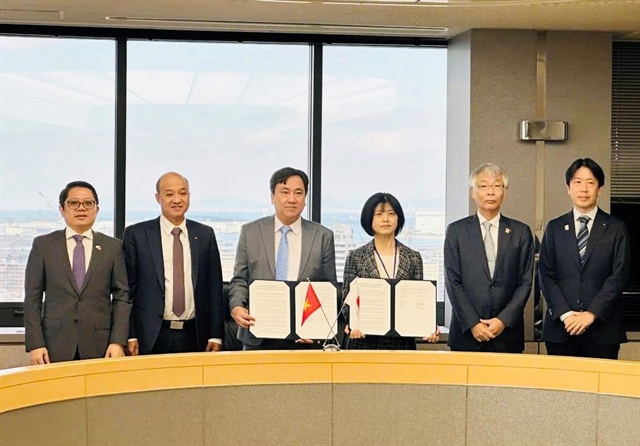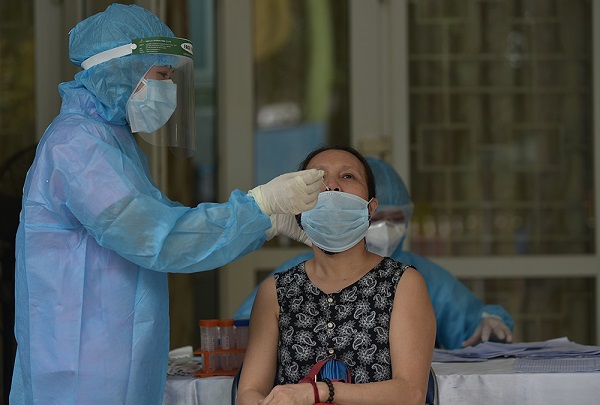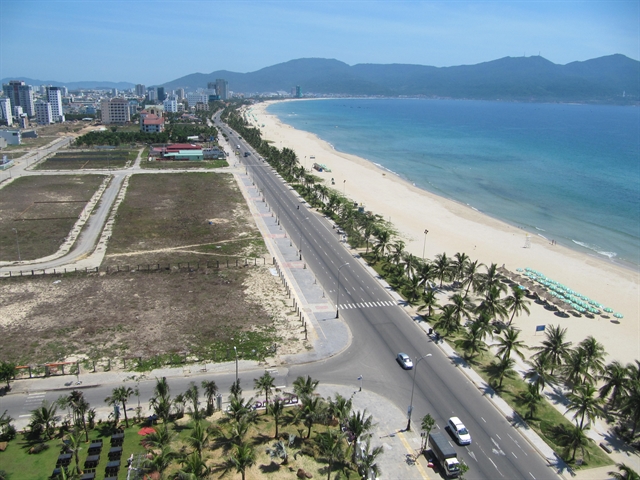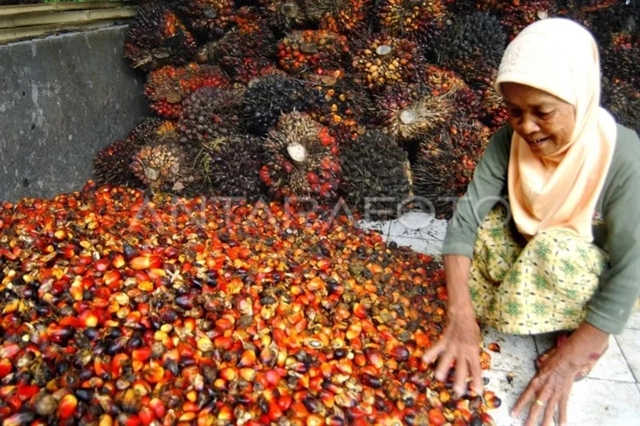 Society
Society


|
| A medical worker takes a sample for SARS-CoV-2 tests in Thanh Xuân District, Hà Nội. — Photo baochinhphu.vn |
HÀ NỘI — Hà Nội plans to test a total of 1.3 million people for SARS-CoV-2 using real-time polymerase chain reaction (RT-PCR) between August 9 and 17.
This is believed to be the largest sample collection ever in the city.
High-risk groups would be prioritised for testing.
The first priority is the red group. The group includes people who live in wards and communes at very high risk of infection and people who have to travel and meet people for work.
The second priority is the orange group. The group includes people working in factories, enterprises, production facilities, traditional markets, supermarkets, hospitals and medical centres and people in risk areas according to regulations of the National Steering Committee for COVID-19 Prevention and Control.
The last priority is the green group. The group consists of people who live in “green zones”, which means pandemic-free areas in the city, who do not have to travel or come into contact with other people.
The testing drive is part of the local health sector’s efforts to detect cases, curb the outbreak and separate COVID-19 patients from the community in order to gradually control the pandemic as per the direction of the Government and the city’s Party Committee.
The funding for the tests will be drawn from the city's budget; sources of aid; support from domestic and foreign organisations and individuals and other lawful sources.
The city’s Party Committee ordered relevant agencies to urgently improve testing capacity to reach over 200,000 samples per day and return the test results as soon as possible.
The committee also tasked agencies to mobilise medical forces of the police, army and private sector to participate in taking samples, ensuring speed, accuracy, efficiency and safety.
To reach the target, chairman of the People’s Committee Chu Ngọc Anh assigned responsibility to the Health Department in testing while the city’s Centre for Disease Control was told to conduct epidemiological investigations as well as identify risk areas and the number of samples needed to be tested.
The city’s districts and towns were asked to co-ordinate in making lists, taking samples, mobilising local forces to ensure a smooth collection of samples and avoid cross infection during the collection of samples, he said. — VNS





.jpg)



